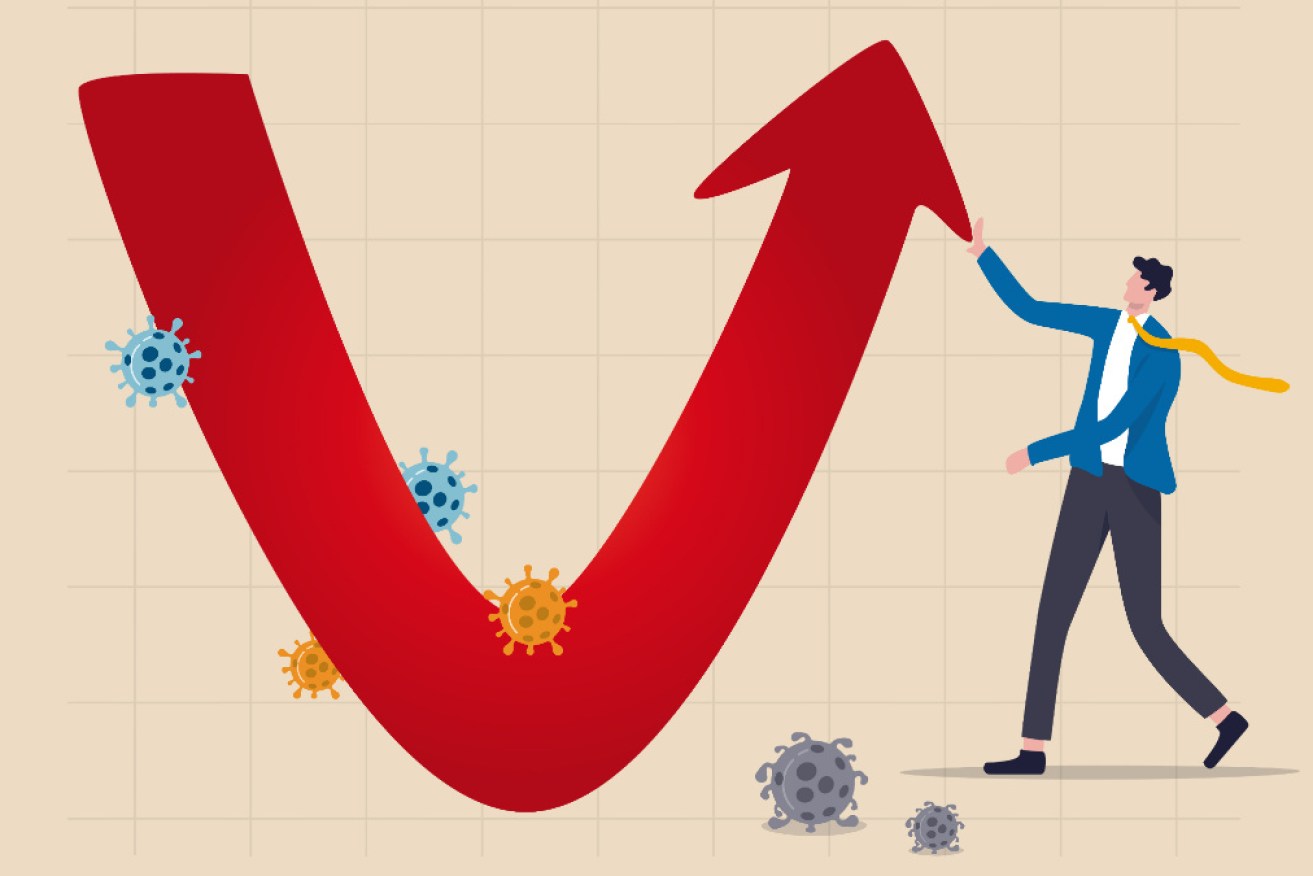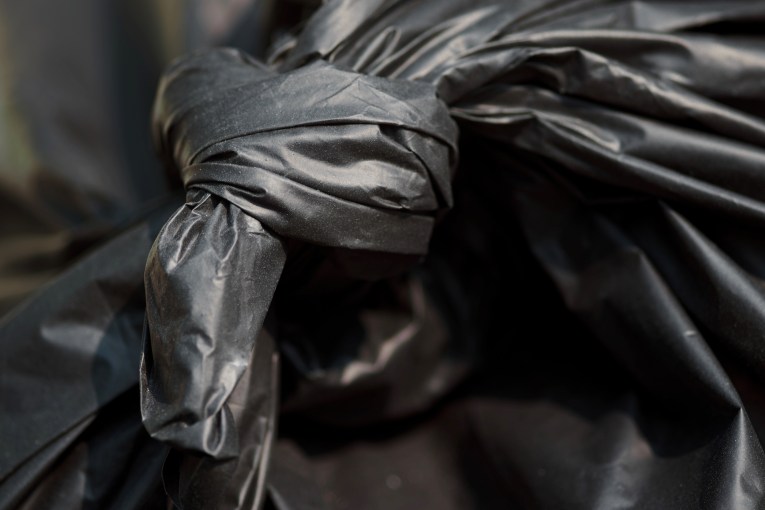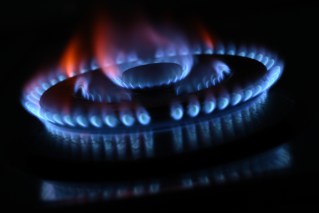Glass half full: Could our economy recover faster than we think?


The official statisticians will on Wednesday declare that Australia has suffered its first technical recession in almost three decades. Photo: TND
Australia’s official statisticians will on Wednesday release data showing the country has suffered its first technical recession in almost three decades.
Economists expect the national accounts will show the Australian economy shrank by 6 per cent in the June quarter, which would be the largest quarterly decline since records began in 1959.
But although businesses have shed hundreds of thousands of jobs, some believe the recovery will be much stronger than most forecasts suggest.
This is the view held by Cameron Murray, an economist and post-doctoral researcher at the University of Sydney’s Henry Halloran Trust.
Although the federal government and Reserve Bank have been at pains to stress the economy will take years to recover from its coronavirus losses, Dr Murray believes most forecasters have underestimated the impact of economic stimulus.
The federal government had announced $164 billion of direct spending and another $35 billion in loans and loan guarantees as of July 22, while the Reserve Bank has supported this with historic rate cuts, a form of quantitative easing, and $200 billion worth of loans at 0.25 per cent interest, for banks to on-lend to struggling businesses.
Since then, the government has poured an extra $15.6 billion into JobKeeper in response to Victoria’s second lockdown, pushing Australia’s total fiscal and monetary stimulus to more than $400 billion.
And that’s without accounting for the early super access scheme, which had paid out $32.2 billion in early withdrawals as of August 23.
As a result, total household income across the country is actually higher today than it was before the pandemic, according to Commonwealth Bank.
Meanwhile, AMP Capital says the average consumer income has risen by roughly $5000 over the past six months, and Treasury estimates that a quarter of the 3.5 million workers on JobKeeper have received a pay rise under the scheme.
Dr Murray said this means the government’s COVID-19 response is more like “genuine economic stimulus” than a “buffer”, and will give the economy a massive boost when restrictions are eased.
“The general consensus of a slow rebound has in mind that people’s spending power is diminished … [but] 90-plus per cent of people who had a job before still have it,” he told The New Daily.
“The working hours have not changed that drastically. They are just where they were two years ago … so I think we are going to see a surprisingly fast rebound.”
Dr Murray said the stimulus had boosted consumer spending at the same time that people had withdrawn money from superannuation and received large refunds from cancelling trips overseas.
He said this meant the average household had more money in the bank today than before the crisis, and would start spending as soon as restrictions were eased.
“My point is, we read a lot of economic doom and gloom, but I think Keynesian stimulus works,” he said.
“And we’ve seen an absolutely enormous stimulus.”
Tweet from @DrCameronMurray
Retailers have certainly felt the power of such support measures.
ABS data shows sales in July were up 12.2 per cent on the same time last year, as stimulus payments flowed into bank accounts and stay-at-home orders encouraged workers to feather their nests.
JB Hi-Fi, Bunnings and Nick Scali all recorded bumper profits. And so did Harvey Norman.
Co-founder and major shareholder Gerry Harvey described the 20 per cent jump in annual company profits as one of the best results he had ever seen.
In Dr Murray’s eyes, these results support his theory.
But AMP Capital senior economist Diana Mousina took a different view – saying retail sales aren’t “the best guide to the real story in the consumer sector at the moment”.
This is because they only account for 30 per cent of overall consumer spending, and have been skewed by the fact that people have little else on which to spend money, she said.
Not to mention that much of it has been driven by one-off purchases rather than repeat custom, as millions of employees were forced to buy office equipment and work from home for the first time.
Ms Mousina also noted that the economic stimulus that has supported the spending spree is scheduled to wind down at the end of September, dealing a massive blow to consumer incomes and spending.
For while the government extended JobKeeper and JobSeeker beyond the so-called cliff in September, it has slashed both payment amounts.
And the banks are unlikely to announce another extension to their coronavirus mortgage deferrals, due to declining profitability.
“So I am concerned that you won’t be able to have these continual gains in retail spending,” she told The New Daily.
“And even though we’re stuck in Australia and we can’t travel overseas, I’m not convinced that all the spending that we would have done if people had taken a holiday overseas … that that money will be completely offset by new consumption.”
Tweet from @smh
In a note to clients, Ms Mousina wrote: “Offshore travel will be replaced with domestic travel. Eating out will be replaced with takeaway food. Public-based recreational spending will be replaced with home-based activities.
“But it’s unlikely that this change in spending will completely return to its total pre-COVID amount, especially while the unemployment rate is rising.”
Asked if the upcoming cuts to JobSeeker and JobKeeper spelled bad news for the economy, Dr Murray said it wasn’t a bad way to phase out the support measures, “as long as we open up more activities in the economy”.
“[As we open up], you’ll find that [greater] circulation of spending in the economy will help soak up people from the pool of unemployed,” he said.
“And just remember that a lot of these people haven’t had to spend at all yet – there’s been nothing to spend on. There’s been rental holidays, mortgage holidays, there’s been lots of stuff.”
Tweet from @BrendanCoates
But Grattan Institute household finances program director Brendan Coates also harboured doubts that the economy will bounce back faster than expected – noting that Treasury was forecasting a slower recovery from the coronavirus than from the recession in the early 1990s.
Like Dr Murray, he said the typical Australian household probably has a higher bank balance today than before the crisis.
“But I don’t think we’ve felt the full weight of the recession yet,” he told The New Daily.
“We’re still looking at a synchronised global recession. We’ll be living in a with-COVID – rather than post-COVID – world for a long time.
“And we haven’t felt the effect of firm failures on unemployment, as well as mortgage defaults when deferrals end.”
Mr Coates said the statistic that worried him most was NAB’s revelation that 20 per cent of customers who have taken up mortgage holidays have suffered at least a 50 per cent decline in their wages since April.
This suggests many will be forced to sell their homes whenever deferrals end, which would drag down house prices and weigh on consumer spending.
And although JobKeeper has put a floor under consumer spending and maintained an important connection between employers and employees, it remains to be seen how many of these jobs will survive once the support is removed.
“It’s a bit like a bandage,” Mr Coates said.
“It’s not until you take it off that you see the wound.”











